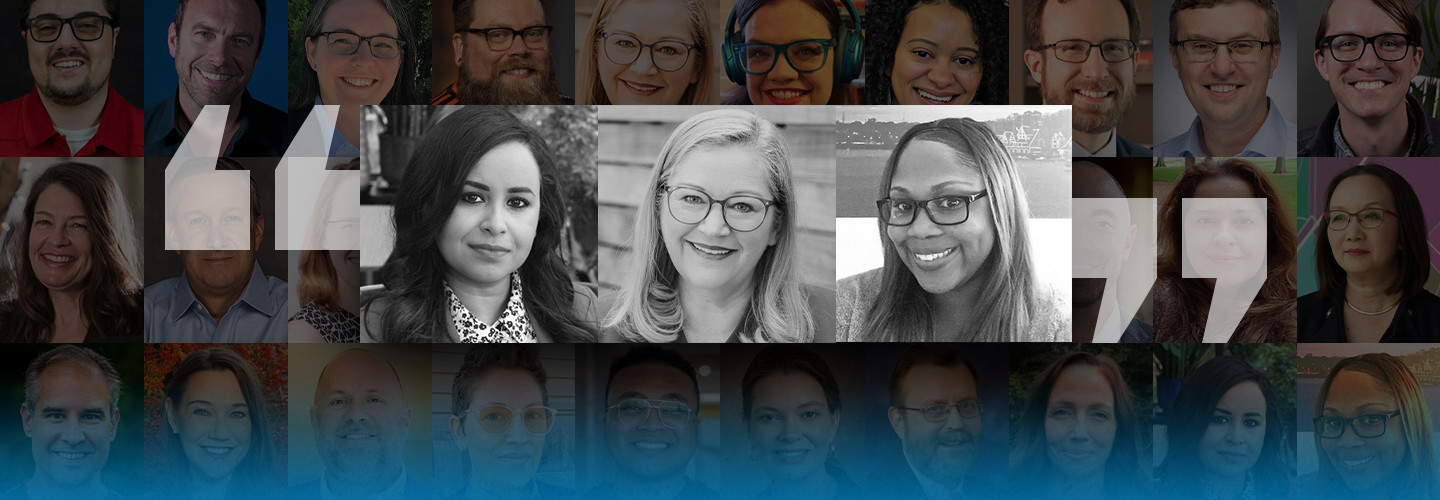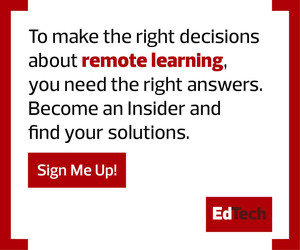EDTECH: To what extent are hybrid and blended learning going play into the upcoming school year?
Stachowiak: The thing about hybrid or blended learning is a problem of definitions. We all have this assumption that we’re talking about the same thing. Even at my institution, where we think we might have more similarity when we really dig in and start having conversations, we realize that we’re defining things differently. I’d say a big thing is having that shared understanding of what we mean when we say hybrid, or blended, or HyFlex, and how important that is, and then also having the people making those decisions actually know what they’re talking about.
I expect that at my institution, we will continue to have hybrid be an important thing for us, and continuing to shape those shared definitions is going to be really important to us and every institution that I speak to as well.
Bennett: I agree. The first thing we had to do at the start of the pandemic was define what was happening here, because people were saying, “It’s online learning,” and the online learning people were like, “It is not online learning.” So, the record was set very straight early on. They kept on trying to reiterate what the differences were, and it matters. It matters a lot. It was very interesting to watch all that play out.
We’re teetering toward in-person instruction this year because our administration at my school does want our students back in the classroom. But we’re a little different too, because we are a professional school and we do have clinical components, where we physically need our students on the ground to help animals. But that was a decision that we made administratively for this term, and it’s a term-by-term decision.
We had to choose one way. We just couldn’t do it all, even though, in the grand scheme of things, it would be wonderful if we could just say, “You can take any modality you want and go for it.” We really had to drill down and focus our efforts and our energy on what we could sustain that would be meaningful and good for our students and our faculty and wouldn’t drive everyone crazy.
MORE FROM OUR INFLUENCERS: How a TV host showcases the value of the college experience.
Daniels: At the University of Michigan, because we are such a large institution, there is a lot of expectation that each department will have autonomy on what they move toward. Where I sit, at the teaching center, our job is just to support what their decisions are. The people that come to me are the folks who still want to take some lessons learned during the pandemic and incorporate that.
There are some folks who saw the silver lining of the pandemic, and I hate to use that term. They say, “I would have never learned how to do X, Y and Z,” and “I never realized all the kinds of ways inequities shaped my students’ experiences.” They want to take some of those lessons, including cool technologies and new forms of pedagogy. Then, you have other instructors who just had such an awful time that they just want to put it behind them and move forward.
A lot of it has to be hand in hand with faculty development and going back to what good teaching is, and not worrying as much about the modality as about best teaching practices, because I think that’s what’s going to make the biggest difference.
Click the banner below for exclusive content about remote learning in higher ed.













